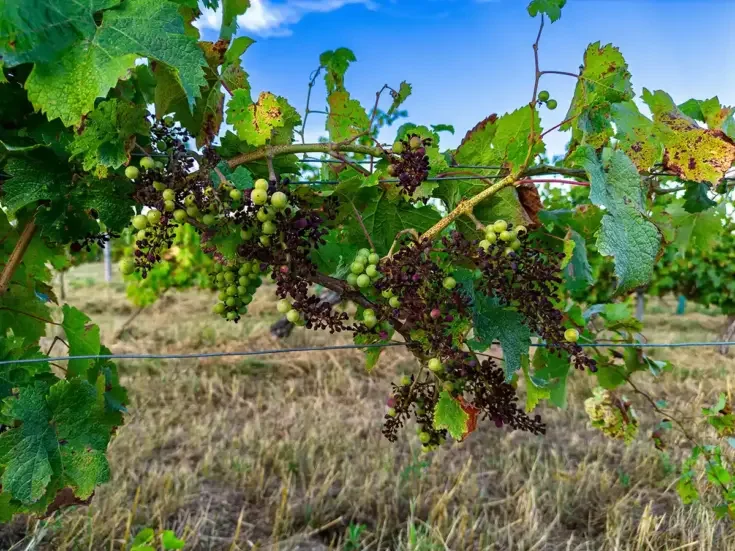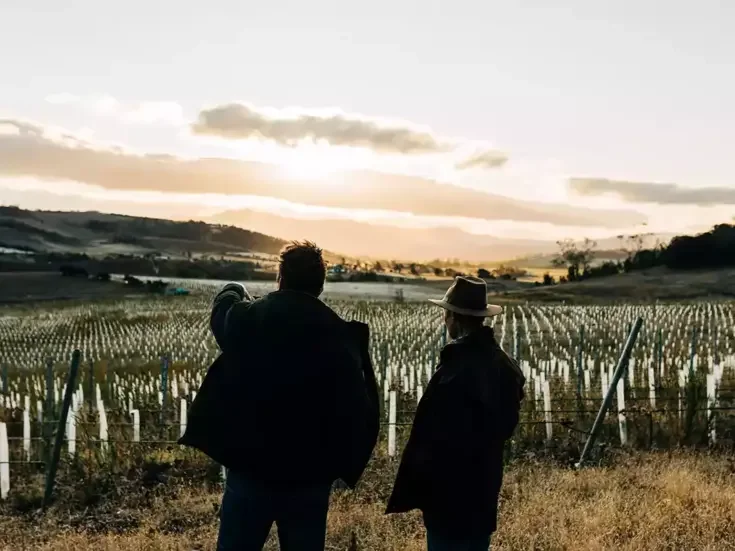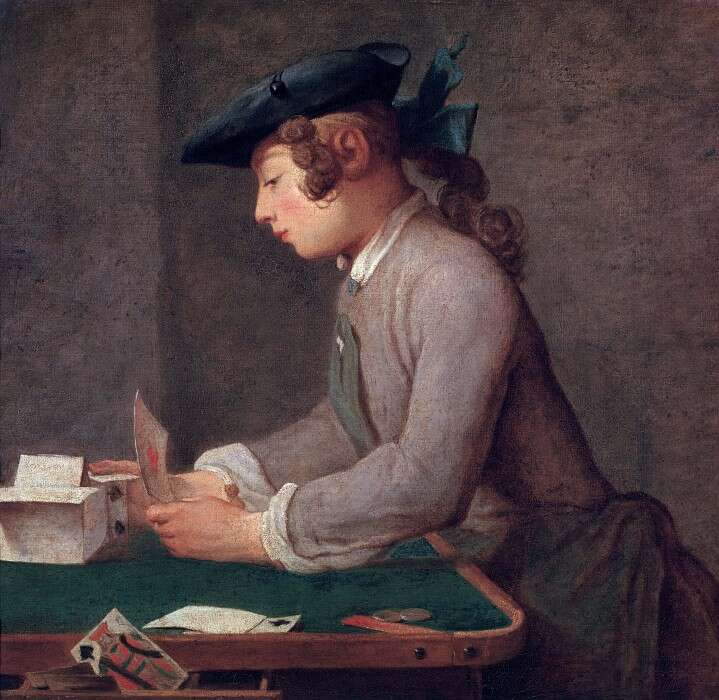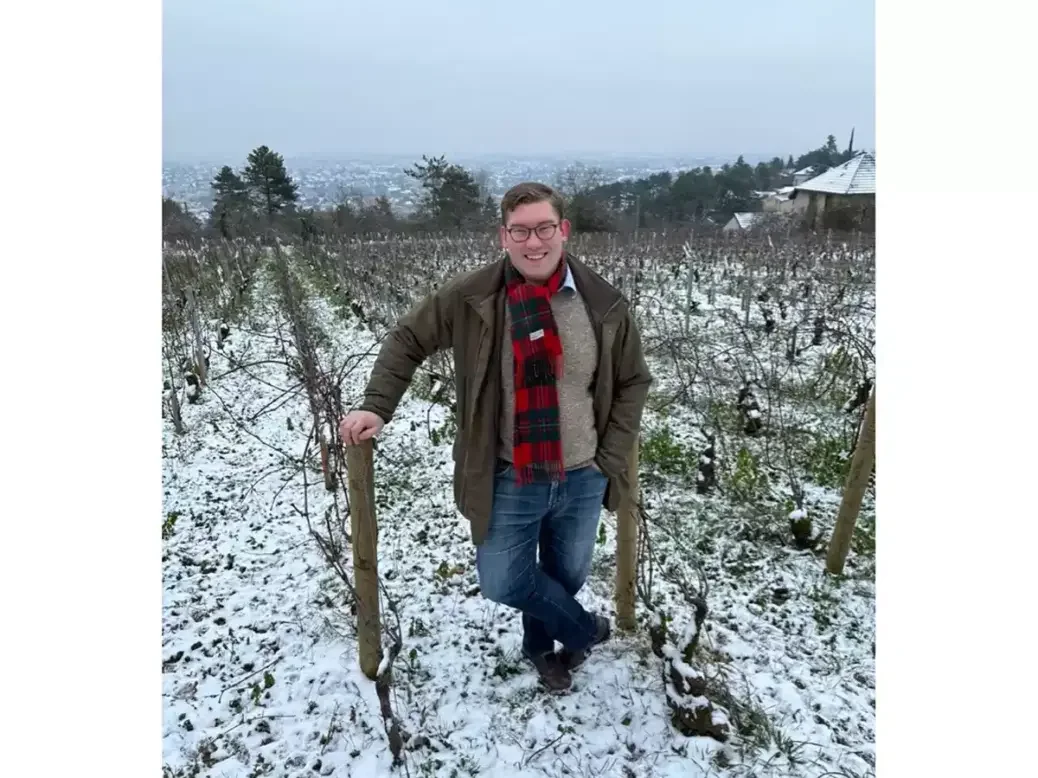
William Kelley, one of the world’s most influential wine critics, is now making his own wine in Burgundy—and the results are extremely impressive, says Paul Day.
William Kelley, still in his early 30s and Editor-in-Chief of The Wine Advocate, is one of the most influential wine critics globally, covering Burgundy, Bordeaux, and Champagne inter alia. But despite such success, he has found the time and energy to make wine while maintaining his writing commitment. There is some synergy. As he has written, “Making wine has immeasurably improved my work as a critic.” Conversely, his writing has given him the opportunity to access many leading winemakers, taste their wines, and understand their approaches.
The critic-producer duality is not without risks—in particular, potential conflicts of interest. He first wrote the following disclosure in his review of the 2018 Domaine Felettig wines in The Wine Advocate, and has repeated it on each such occasion since:
“While I feel that I should disclose to readers that, beginning with the 2018 crop, I have purchased a small quantity of grapes from Felettig to produce a little Chambolle-Musigny of my own—an exercise which I am finding gives invaluable insights into the character of each new vintage in Burgundy—I believe that I have held the wines reviewed here to the same standards I apply to all the domaines I visit in the Côte d’Or. Of course, readers need only open a bottle to test that contention for themselves.”
Since that initial disclosure, the winemaking operation has increased but remains rather small and will continue to be capped in the near-term. Maybe his ultimate direction will be to turn full-time producer; as he has written on social media, “I also don’t intend to continue reviewing wines into my 60s.” We’ll see.
So, why else should we be interested? The answer is that although only a few wines have been released, they are already some of the most exciting wines being made in Burgundy, which seem to be offering brilliant early drinking but with the balance to age in rewarding ways. By-and-large—and as intriguing and promising as anything else—they can transcend our expectations of their apparently minor appellations.
Mise au nom de William
William Kelley’s first commercial wine was made when he was US correspondent for Decanter, prior to joining The Wine Advocate. It was a 2017 Chenin Blanc under the Beau Rivage label. He still makes this wine each year. Inspiration and advice came from, among others, the late Terry Leighton of Kalin Cellars (on whom he wrote an appreciative obituary in these pages; see WFW 79, 2023, pp.34–35).
The Burgundian enterprise started a year later with a single wine from the 2018 vintage, bottled under his own name, as subsequent releases have been. Legally, this company is called “La Dauphine,” but the venture is variously described by importers as “William Kelley” (?!), “Domaine William Kelley,” or “William Kelley Wines.”
Most of the grapes are bought in, with only two small parcels of vineyard owned, totalling just under 0.6 acre (0.25ha). As of 2023, the production is from grapes from approximately 3.7 acres (1.5ha) of vineyards, with no near-term plans for increasing the volume. The limited vineyard ownership and—on the face of it—mostly rather modest appellations for grape purchases, mean that William has been able to maintain a majority stake in the enterprise, the other investors being two university friends. To look after the vineyards and wines there are now two full-time employees to assist William.
The overall focus is on quality—perhaps not at any price, but here one finds the same care lavished on village wines as other producers might allow only for their most valuable grands crus. The aim is to produce sensual reds, without excess extraction, with an ideal alcohol target of 13.3%. For the whites, the goal is to make powerful but balanced wines. Many of the ideas for both viticulture and vinification hark back to traditional methods used in the 1950s and earlier, but with extensive modern testing to avoid Brett and other issues. Although William has gained experience “doing the harvest” with Cécile Tremblay, and has derived inspiration from leading producers such as Jean-Marie Guffens, the approach is clearly his own.
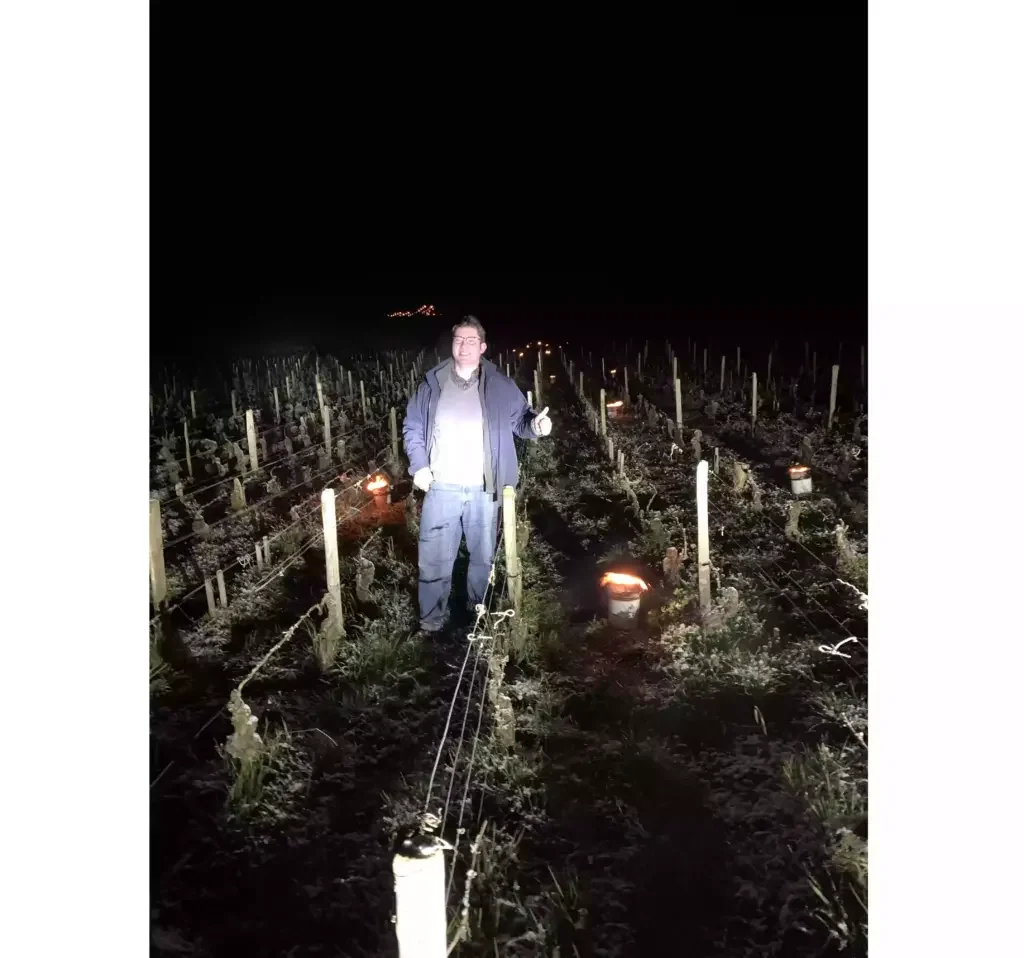
The William Kelley vineyards
William acknowledges that whatever may be said by smaller négoces about direct control of viticulture, it is de facto limited, so it is better to work with grape suppliers who share the same values. Of course, he knows well the sources he is buying from, such as Felettig, for the Chambolle-Musigny Les Fouchères. What he is able to control with the bought-in grapes is to specify the date of harvest, using whenever possible his own team to harvest very early in the day. The goal is to pick grapes that are ripe but avoiding overripe flavors. In red wines, that will typically result in finished wines with pHs around 3.40 and alcohol levels between 12.5% and 13.5%; and in white wines, pHs between 3.05 and 3.15, with alcohol levels around 13% to 13.5% in Chardonnay and 11.5% to 12.5% in Aligoté.
There are just two vineyards owned by William Kelley himself (technically the winery buys the fruit from him). In Beaune premier cru Les Chouacheaux, there is a 0.25-acre (0.1ha) plot, long but narrow, seven rows wide. This is low-lying, quite flat vineyard below Les Vignes Franches. One notices immediately the high trellising compared to the neighbors’ vineyards on either side. The goal is to raise the vines away from the heat-retaining ground—counter to what was done historically, when heat rather than heat avoidance was called for. Viticultural inspirations for higher canopies come from Leroy, Bernard Dugat, and Pascal Roblet; and the trellising is influenced from Jean-Marc Vincent and Bruno Lorenzon, as well as observing New World practices. The viticulture is quasi-organic; using phosphonates (allowed in Switzerland and the US under organic certification, but not yet in France) permits a significant reduction in copper use per hectare. The other vineyard of 0.35 acre (0.14ha) is high above Beaune in the Côte de Beaune AOC, half of a walled clos lying in lieu-dit Les Pierres Blanches. The soil here is shallow, with a high proportion of active calcium. The plan is to take the tressage higher here.
A cellar for William Kelley
After small beginnings with borrowed space, a dedicated winery was needed as production increased. This in now in the building used by the former Domaine André Mussy in Pommard.
Slightly contrary to the modern trend, all the grapes are fully destemmed. (This is more a wilful decision to see how this approach works, rather any dislike of destemming per se.) After a long maceration and then basket pressing, the small-lot fermentations tend to be on the cooler side and are not pushed to be overly extractive. William sees chaptalization as part of the traditional Burgundian winemaking toolkit. He doesn’t use it to boost alcohol or to lengthen fermentation, but rather as an occasional deployed option as a fine adjustment to refine a slightly awkward cuvée. Élevage is quite reductive, but what William regards as the minimum necessary sulfur-dioxide is integrated very carefully and added as late as possible.
What may be surprising is that all the wines are now raised in 100 percent new oak. The very first wine here, the Chambolle-Musigny Les Fouchères 2018, was put into used oak barrels bought from a very famous and distinguished producer. Unfortunately, there was a problem with those barrels, which contained a low concentration of acetate, and the resulting wine has a somewhat dry finish, rendering it unreleasable given the focus on quality. For the next two vintages, a blend of new and old oak was used, but William describes the resulting wines as appearing more oaky than his wines now aged in 100 percent new oak. The goal is to avoid overtly toasty wines with hard tannins, and it has taken a few years to find barrels that fully meet the requirements. The key here has been to work closely with three barrel-makers, specifying precisely the quality and nature of barrel required; this demands long-seasoned, very fine-grain wood, then a very light toasting, but there seem to be many additional intricacies here.
The élevage here is long (typically between 18 and 36 months) and quite reductive, with lees kept in both colors and no racking. The idea of this is to get a fuller mid-palate, stability, and to avoid finished wines having too much of a “closed” phase. At the time of writing in early 2024, none of William’s 2022 wines is bottled.
Bottling is by hand under inert gas, with some recent improvements to counter variation toward the bottom of the barrel. Whites are bottled under Diam30 closures, with care to aim for around 20ppm of free SO2 when bottled, to avoid whites that are stubborn to evolve at all or show bitter finishes. Reds are bottled under top-quality natural cork.
Tasting the wines of William Kelley
White
2021 Aligoté
William holds Aligoté in high regard, and here there is a clear benchmark: Domaine d’Auvenay’s Bourgogne Aligoté Sous Chatelet. It is a grape variety that even in hot years doesn’t have excessive alcohol, and so is easier to manage under climate change. Like d’Auvenay’s wine, this is raised in 100% new oak (Burgundian barrels) and sees 24 months in barrel on the lees. The grapes are sourced from old vines in Meursault.
The 2021 was bottled in August 2023 at 11.6% ABV from 100% new oak traditional (228-liter) Burgundy barrels. In November 2023, this showed its new oak, with good depth, but lemony and lean. Drunk twice in January 2024, this had really come together and was highly impressive. The combination of CO2, good acidity, and low alcohol almost gives a false sense of lightness, because there is a lot of depth here. The oak is apparent, but in a good way; it supresses the common fruit character of the grape and adds a complex, savory component. This is the first white made here, and the only one bottled so far. I don’t want to say it is a brilliant first effort—it is brilliant outright. 93+
2022 Aligoté
This attained 12.5% ABV and was aged in a combination of traditional 228-liter barrels and a larger 500-liter barrel. Tasted from cask in November 2023, the oak seems even better integrated than in the 2021, and there is a bit more weight, too. Very impressive. 93–94
2023 Aligoté
This is around 12.5% ABV and is being raised only in new 228-liter barrels. Malolactic fermentation finished early on. Tasted in January 2024 from barrel, this already seems as if it may be the finest of the first three vintages. 92–95
2023 Coteaux Bourguignons Blanc
This is fascinating blend of Aligoté with some Chardonnay and around 5% Pinot Noir. Tasted from one of two new oak barrels in November 2023, this was very fresh but already drinkable. Great for the appellation. 91–93
2022 Meursault Les Pelles
Only one new barrel of this. Tasted from barrel in November 2023, it is quite astonishingly complete and surprisingly approachable. Despite being “just” a Meursault village lieu-dit, this is a potentially great white Burgundy. Limiting the comparisons to other hors classe village Meursaults, think of a good vintage of Coche-Dury Rougeots, Arnaud Ente Sève du Clos, or D’Auvenay Narvaux. It is likely that the release of this will be held back. I am not sure what a score means in this context … maybe just “grand vin” will suffice. 95–98
2023 Meursault Narvaux
There are two barrels from two parcels, which may be bottled separately. Again the malolactic finished early. At this early stage this appears to be finely balanced. 93–95
2023 Corton-Charlemagne Grand Cru
There is of this just one barrel, custom-made by Gauthier Frères (which happens to be the cooper most used by Coche-Dury). Bought-in grapes were picked at around 13% potential alcohol (bought from a domaine that usually picks a degree lower than that for its own bottling). From En Charlemagne, this shows a deep mineral core. Just a little awkward at this stage on the finish, so about to receive a small dose of SO2. Very promising. 94–98
Red
2021 Moulin-à-Vent
Quite “natty” in the making, like many fine Beaujolais. From old vines, picked at 12.6% potential alcohol, just before the rain. One of only two Beaujolais wines that William has made—and he won’t make any more, because he says it is too difficult to manage the harvest timing from his Pommard-based winery, the grapes going from potentially underripe, to overripe, in only a few days! This is an excellent, pure example, though. 93
2019 Chambolle-Musigny Les Fouchères
I have tried this five times from bottle, the first pre-release in November 2022. It has always been remarkably open and seductive. The only distraction at this stage is that the oak is still a little obvious. It is perhaps this oak that makes it seem (only relatively) a touch more rustic and extracted. But this is still a fine bottle, and drinks very well in the context of a meal. 93++
2021 Chambolle-Musigny Les Fouchères (Magnum)
This later vintage shows the progress made with oak integration during the short interim. This is quite pale in color, a very fine, pure Chambolle that can be broached now with considerable enjoyment. 94+
2020 Gevrey-Chambertin Aux Etelois (Magnum)
The oak barrels in which this was raised were two thirds new. Quite powerful and structured, with noticeable barrel tannins for now. Very good. 91+
2021 Gevrey-Chambertin Aux Etelois
A bottle drunk in London in January 2024 was a little tight and subdued; my co-diner had tasted it from an open bottle a week earlier in Germany and said that it was fantastic then. There is a little CO2 present and the wine shows a little tannin. After decanting the wine and shaking the decanter a little, the wine opened out considerably, showing brighter, purer fruit. This is the only example I have come across so far of a slightly closed-down William Kelley red from bottle. Still fine though, showing the improvement in barrel selection from the preceding vintage. 93+
2021 Bourgogne Rouge Tête de Cuvée
This is an astonishing wine. It really isn’t just a “Bourgogne,” but a blend of grapes from the two “domaine” vineyards—Beaune premier cru Les Chouacheaux and Côte de Beaune Les Pierres Blanches—where the frost-stricken yields this vintage were too low for them to be vinified separately]. Only 292 bottes of this, sadly. Drunk with a friend in London in January 2024, and knowing the vineyard origins, it made me ponder what Burgundy’s classification and terroir mean: How can a wine from such relatively humble sources be so good? This has both concentration and balance. The new
oak seems fully integrated. One might never guess that this was a Beaune / Côte de Beaune blend at all, and think rather of far grander appellations farther north. What is amazing is that it drinks so well now but clearly has the potential to age gracefully. Grand vin indeed. 97+
2023 Beaune Premier Cru Chouacheaux
Will this be even better than the 2021 Bourgogne Rouge? The wine reached 13.1% ABV, and then, with a nuanced chaptalization, 13.3%. Tasted from a yet unsulfited barrel—one of the three this vintage—with the malolactic fully finished, this showed a wonderful purity of fruit, with great balance. 94–98

